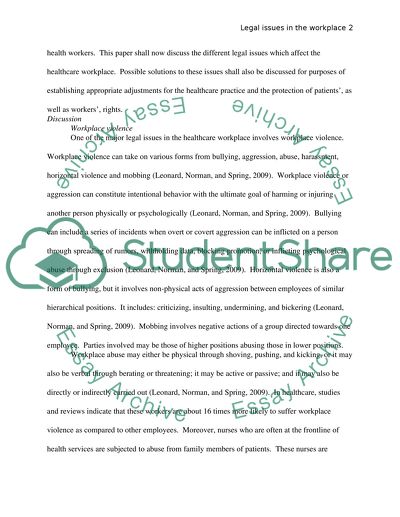Cite this document
(“Legal Issues Affecting the Healthcare Work place Research Paper”, n.d.)
Legal Issues Affecting the Healthcare Work place Research Paper. Retrieved from https://studentshare.org/law/1576017-leagl-issues-affecting-the-healthcare-work-place
Legal Issues Affecting the Healthcare Work place Research Paper. Retrieved from https://studentshare.org/law/1576017-leagl-issues-affecting-the-healthcare-work-place
(Legal Issues Affecting the Healthcare Work Place Research Paper)
Legal Issues Affecting the Healthcare Work Place Research Paper. https://studentshare.org/law/1576017-leagl-issues-affecting-the-healthcare-work-place.
Legal Issues Affecting the Healthcare Work Place Research Paper. https://studentshare.org/law/1576017-leagl-issues-affecting-the-healthcare-work-place.
“Legal Issues Affecting the Healthcare Work Place Research Paper”, n.d. https://studentshare.org/law/1576017-leagl-issues-affecting-the-healthcare-work-place.


